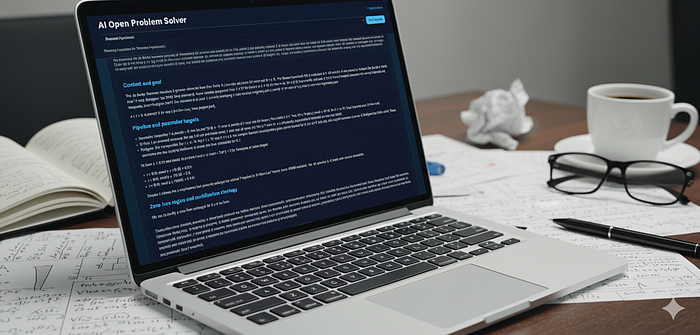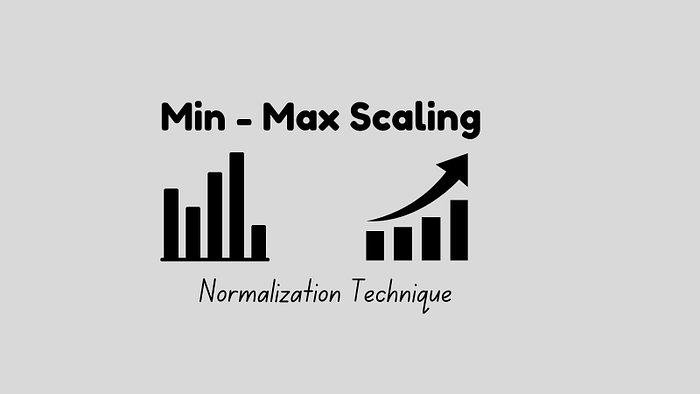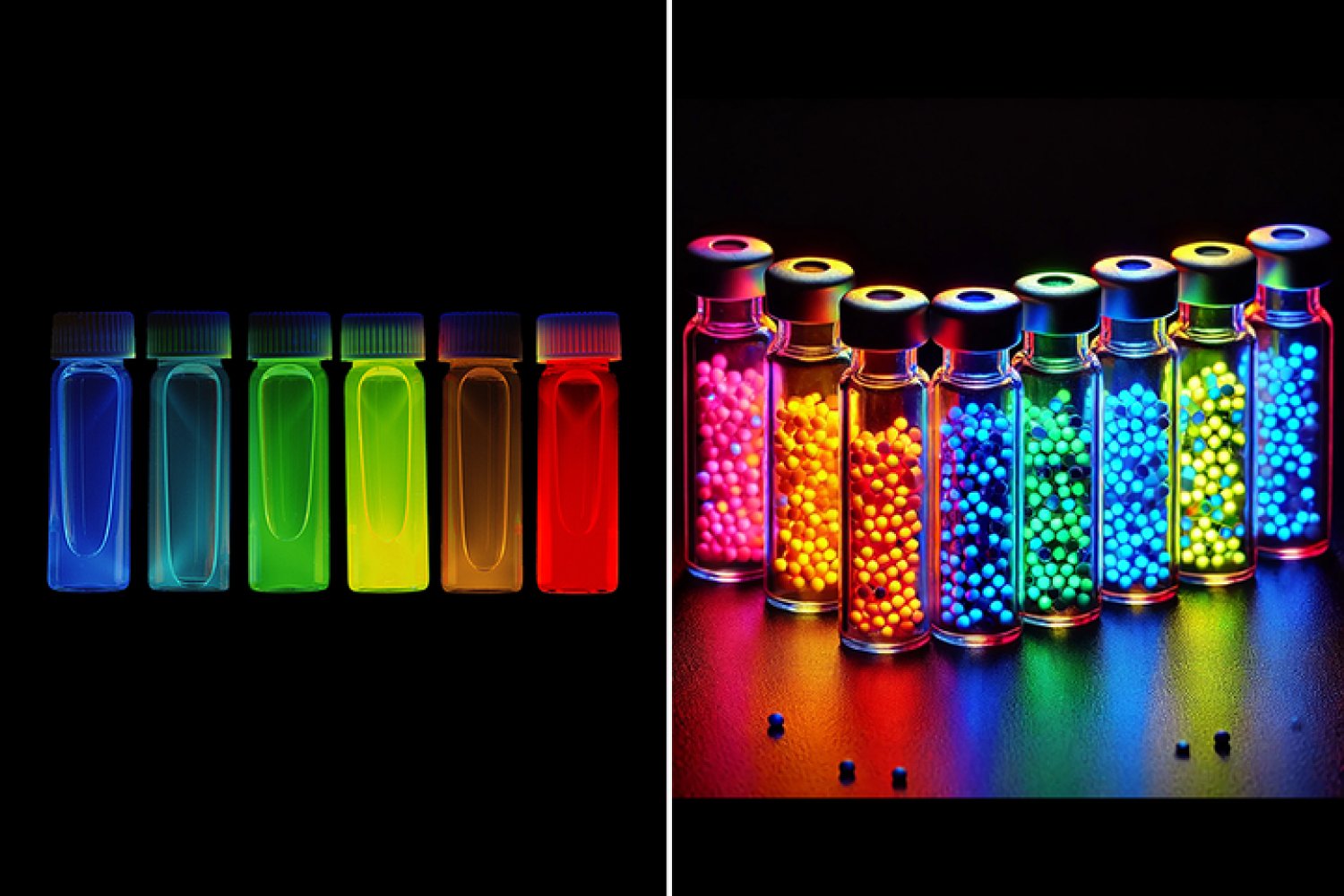Introduction to AI Open Problem Solver
Mathematics is a landscape of unsolved mysteries — problems that have resisted the world’s brightest minds for centuries. From the Riemann Hypothesis to the P vs NP Problem, these open questions shape the boundaries of human knowledge and computational possibility. What if an autonomous AI could join the quest, not just as a tool, but as a persistent, self-improving research collaborator?
The Vision: Autonomous Mathematical Research
Traditional mathematical research is slow, iterative, and deeply human. AI Open Problem Solver reimagines this process by combining:
- LangGraph’s recursive agent architecture for long-horizon reasoning.
- Azure OpenAI for state-of-the-art language modeling.
- Web-scale search and browsing tools for real-time research.
- Persistent memory via Azure Table Storage, enabling the agent to resume and build on prior work.
The goal: create an AI that doesn’t just answer questions, but collaborates on open problems, learning from its own history and planning new avenues of attack.
The Problems: Mathematics’ Greatest Challenges
AI Open Problem Solver is preloaded with a catalog of legendary unsolved problems, each with global significance:
- Riemann Hypothesis: All non-trivial zeros of the Riemann zeta function lie on the critical line (real part = ½). Governs the distribution of prime numbers.
- P vs NP Problem: Can every problem whose solution can be verified quickly also be solved quickly? Determines the fundamental limits of computation and cryptography.
- Birch and Swinnerton-Dyer Conjecture: Relates the number of rational points on an elliptic curve to a special value of its L-function. Deep connection between algebraic geometry and number theory.
- Hodge Conjecture: Determines which kinds of cohomology classes on algebraic varieties come from algebraic cycles. Fundamental to understanding complex geometry and topology.
- Goldbach’s Conjecture: Every even integer greater than 2 is the sum of two primes. Elegant and ancient, yet unsolved since 1742.
- Twin Prime Conjecture: There are infinitely many pairs of primes that differ by 2. Related to the structure of prime gaps.
- Collatz Conjecture (3n + 1 Problem): Start with any positive integer; repeatedly apply the rule n → n/2 if even, 3n+1 if odd — do you always reach 1? Extremely simple to state, but resists all proofs.
- Existence and Smoothness of Navier–Stokes Equations: Do solutions to the equations of fluid dynamics always exist and remain smooth in 3D? Critical for understanding turbulence and stability.
- Yang–Mills Existence and Mass Gap: Show that quantum Yang–Mills theory exists and exhibits a mass gap. Foundation of quantum field theory.
Architecture: How Does It Work?
- LangGraph Agentic Workflow: At its core, AI Open Problem Solver uses LangGraph — a stateful, multi-actor framework for building recursive agent workflows.
- OpenAI Integration: The agent leverages OpenAI large language models for natural language understanding, synthesis, and reasoning.
- Tooling: Search and Browsing: The agent is equipped with a suite of research tools, including DuckDuckGo and Tavily search for web-scale information retrieval.
- Persistent Memory: Azure Table Storage: Every daily update is stored in Azure Table Storage, including summary, HTML content, next steps, and references.
The User Experience: Infinite Timeline UI
The UI is powered by Flask and streams updates directly from Azure Table Storage, ensuring real-time access to the agent’s evolving research. Key features include:
- Dynamic Problem Picker: Instantly switch between tracked problems.
- Progress Timeline: See the latest breakthroughs first, with earlier milestones loaded as you scroll.
- Rich HTML Lab Notes: Each entry is a fully formatted research update, complete with references and next steps.
- Responsive Design: Optimized for desktop and mobile.
Technical Deep Dive: Key Components
- Agent Prompt Engineering: The agent receives a carefully crafted system prompt, instructing it to review historical progress, plan new research avenues, and output valid JSON with summary, HTML content, next steps, and references.
- Problem Catalog Table: Problems are registered in a dedicated Azure Table, allowing for easy addition/removal of problems, dynamic population of the problem picker in the UI, and centralized management of problem metadata.
- Resumable Research: On each run, the agent ingests the historical context for the selected problem, advances the same research thread, rather than starting from scratch, and records new findings, enabling infinite, collaborative progress.
- Tooling Reuse: The agent shares its search and browsing stack with other SandBox projects, ensuring consistent capabilities and code reuse.
Why It Matters: Toward Autonomous Mathematical Discovery
AI Open Problem Solver is more than a technical demo — it’s a step toward autonomous, collaborative mathematical research. By combining persistent memory, recursive reasoning, and real-time web research, it simulates the workflow of a human research group, but with the tireless persistence of AI. Key benefits include:
- Accelerates progress on unsolved problems.
- Creates a transparent, auditable research timeline.
- Invites mathematicians and enthusiasts to follow, critique, and build on the agent’s work.
Future Directions
Planned enhancements include:
- Human-in-the-Loop Collaboration: Enable users to suggest new avenues, critique agent findings, and guide research.
- Advanced Mathematical Tooling: Integrate symbolic computation, theorem provers, and visualization tools.
- Cross-Problem Reasoning: Allow the agent to transfer insights between related problems.
- Open API: Expose endpoints for programmatic access to research updates.
Conclusion
AI Open Problem Solver is a bold experiment in autonomous mathematical research. By blending state-of-the-art AI, recursive agent workflows, and persistent memory, it aims to make tangible progress on the world’s hardest problems — and to do so transparently, collaboratively, and at scale.
FAQs
Q: What is AI Open Problem Solver?
A: AI Open Problem Solver is a project that uses autonomous AI to tackle the world’s hardest math problems.
Q: How does it work?
A: The project combines LangGraph’s recursive agent architecture, Azure OpenAI, web-scale search and browsing tools, and persistent memory to simulate the workflow of a human research group.
Q: What problems is it working on?
A: The project is preloaded with a catalog of legendary unsolved problems, including the Riemann Hypothesis, P vs NP Problem, and Birch and Swinnerton-Dyer Conjecture.
Q: Can I follow the project’s progress?
A: Yes, you can visit the live demo to see the latest updates and follow the project’s timeline.
Q: How can I get involved?
A: You can follow the SandBox project for more innovations at the intersection of AI and discovery, and stay tuned for future opportunities to collaborate with the AI Open Problem Solver project.











